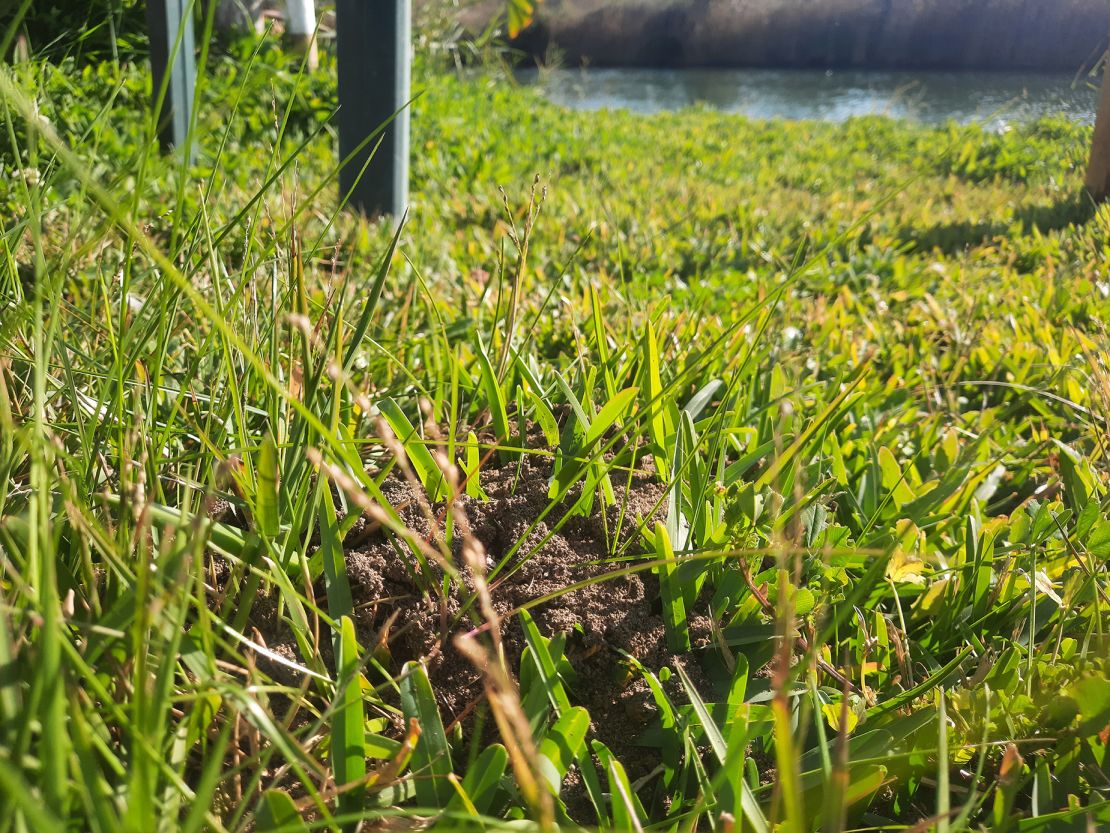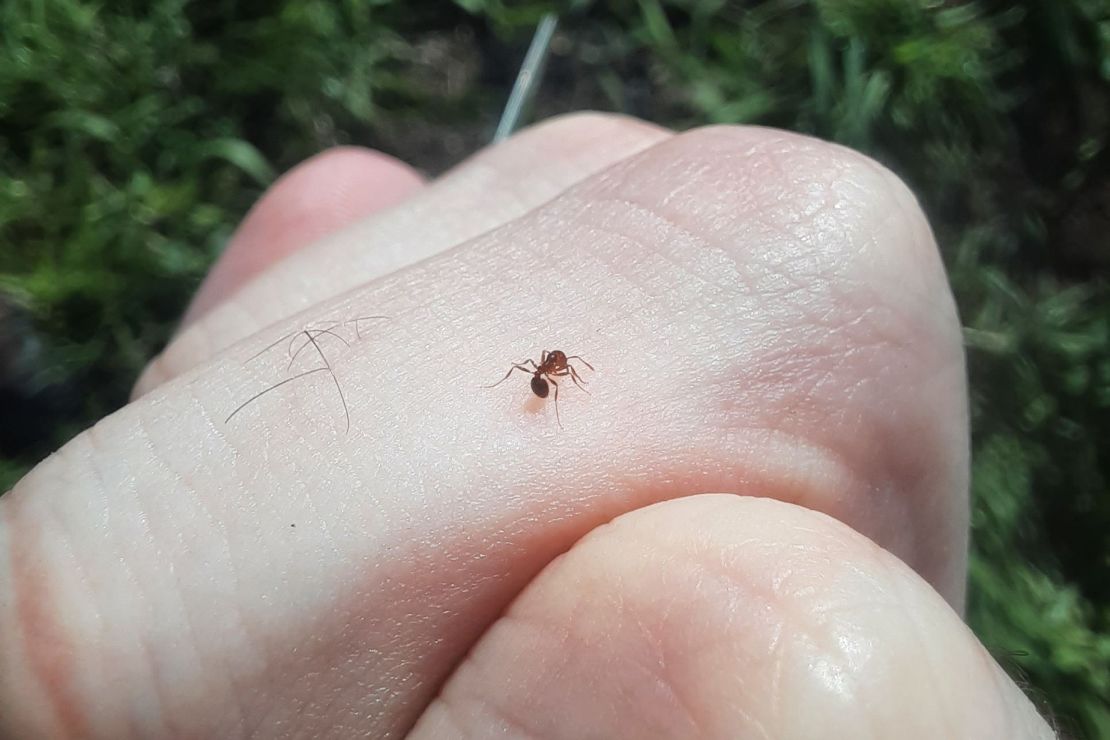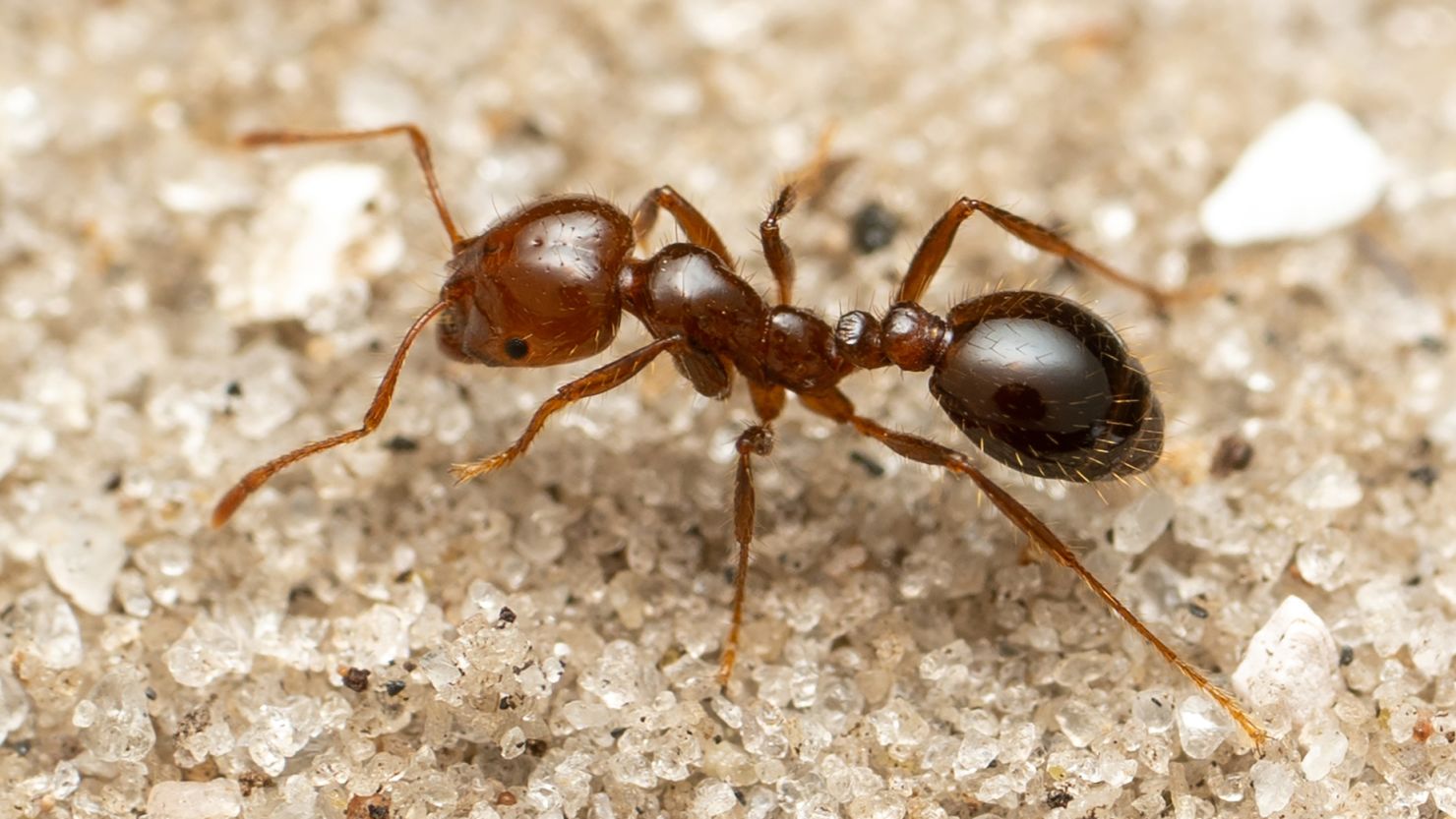Editor’s Note: Sign up for CNN’s Wonder Theory science newsletter. Explore the universe with news on fascinating discoveries, scientific advancements and more.
The red fire ant, one of the world’s most invasive species, has been found in Europe for the first time, according to a new study.
The imported ant, which has the scientific name Solenopsis invicta, is native to
South America but has spread throughout much of the United States, Mexico, the
Caribbean, China, and Australia over the past century.
These insects can be aggressive when disturbed and they have a painful
sting, which is irritating to the skin and can cause allergic reactions. The ant can
also damage crops and local ecosystems.

Researchers said they had identified 88 red fire ant nests spread over 5 hectares
near the city of Syracuse in Sicily, Italy.
“S. invicta is one of the worst invasive species. It can spread alarmingly quickly,”
said lead study author Mattia Menchetti, a researcher at the Institute of
Evolutionary Biology in Spain, in a statement.
“Finding this species in Italy was a big surprise, but we knew this day would
come,” Menchetti said.
While red fire ants had been discovered in imported products in Spain, Finland and
the Netherlands, a colony had never been confirmed before this study, the
authors said.

The colonies were found in a suburban area of Syracuse. It was unclear how or
when the fire ants got there. The researchers behind the study
believe the insects must have arrived at a transit point with lots of human
activity, such as the city’s port. Local people told the scientists that
ant stings had increased since 2019.
The study suggested that wind could have transported flying queen ants from
the northwest of Syracuse, where the commercial port is located.
Genetic analysis of the ants revealed that they had most likely spread from the United States or China, where Solenopsis invicta is also an invasive species.
The ants could soon spread all over Europe, the researchers warned, since
7% of the continent — including large urban areas like Barcelona, Rome, London
and Paris — has a climate that’s suitable for the species, according to a model made
by the study authors.
The study was published Monday in the scientific journal Current Biology.
Invasive species cost the world at least $423 billion every year as they drive
plant and animal extinctions, threaten food security and exacerbate
environmental catastrophes across the globe, according to a United Nations-
backed report released last week.


